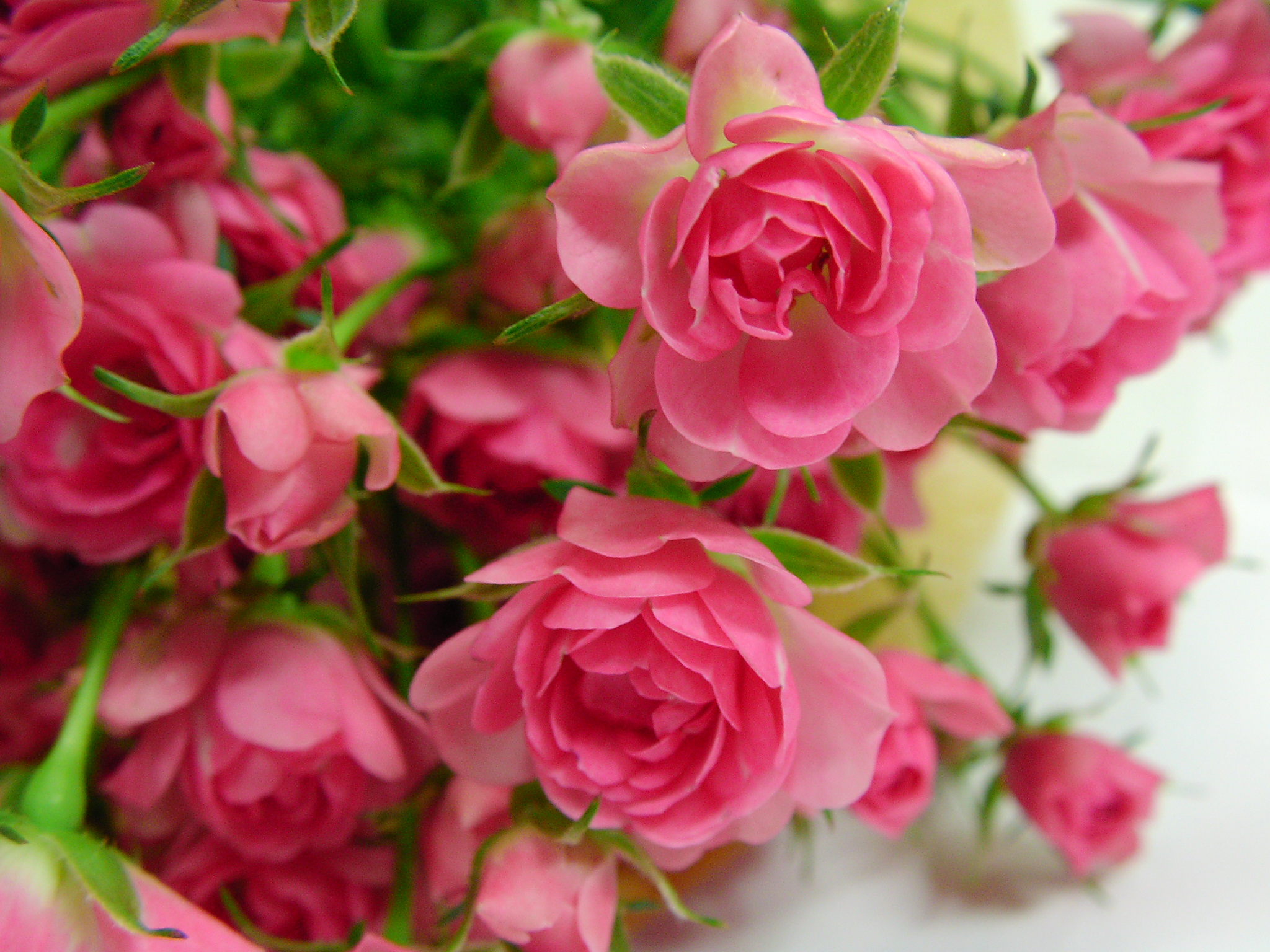Small in stature but large on looks, miniature roses can make a major presence in the garden.
“They make wonderful landscape plants,” said Kathrine Johnson, an Oregon State University Extension Service master gardener since 1998. “They flower big time all season long.”
Often wrapped in foil and sold as gifts, miniature roses grew a reputation as houseplants. In fact, she said, these diminutive plants require six hours of full sun and good air circulation, so indoor living doesn’t agree with them.
“Don’t think miniature roses are tender,” said Johnson, past president of the Portland Rose Society. “They’re a hardy rose and can live in temperatures as low as 10 degrees. You just mulch them well like any other type of rose.”
Though most often falling in the 12 to 24 inch-range, miniature roses grow as small as 6 inches and as tall as 4 feet. Climbers reach up to 5 feet. A better way to recognize them is by the tiny flowers and proportionately small foliage. The blooms mimic the hybrid tea, floribunda and grandiflora flowers of standard roses and come in single, semi-double, double and clustered blossoms. The colors are just as vast.
“They are literally just a smaller size of your normal roses,” Johnson said.
Their size makes minis ideal for containers, a desirable characteristic for patios and balconies. But the tiny-flowered plants shine in the ground, where they easily take a main role at the front of a flower bed, edging a walkway or at at the base of taller plants.
When it comes to caring for miniature roses, Johnson recommends the following regimen:
- Site them in as much sun as possible. Just like standard size roses, they’ll languish in less than 6 hours.
- Feed approximately every four weeks during the growing season, discontinuing about two months before the average first frost date. Use a water-soluble or liquid fertilizer.
- Water frequently since their roots don’t grow as deep.
- Prune in late February by taking out any dead, diseased or damaged canes. Cut the rest back by half. If you have a lot of plant you can just use hedge shears.
- Mulch in winter with leaves or compost.

